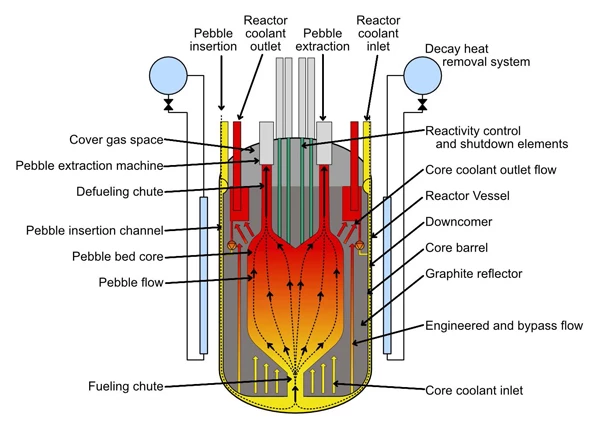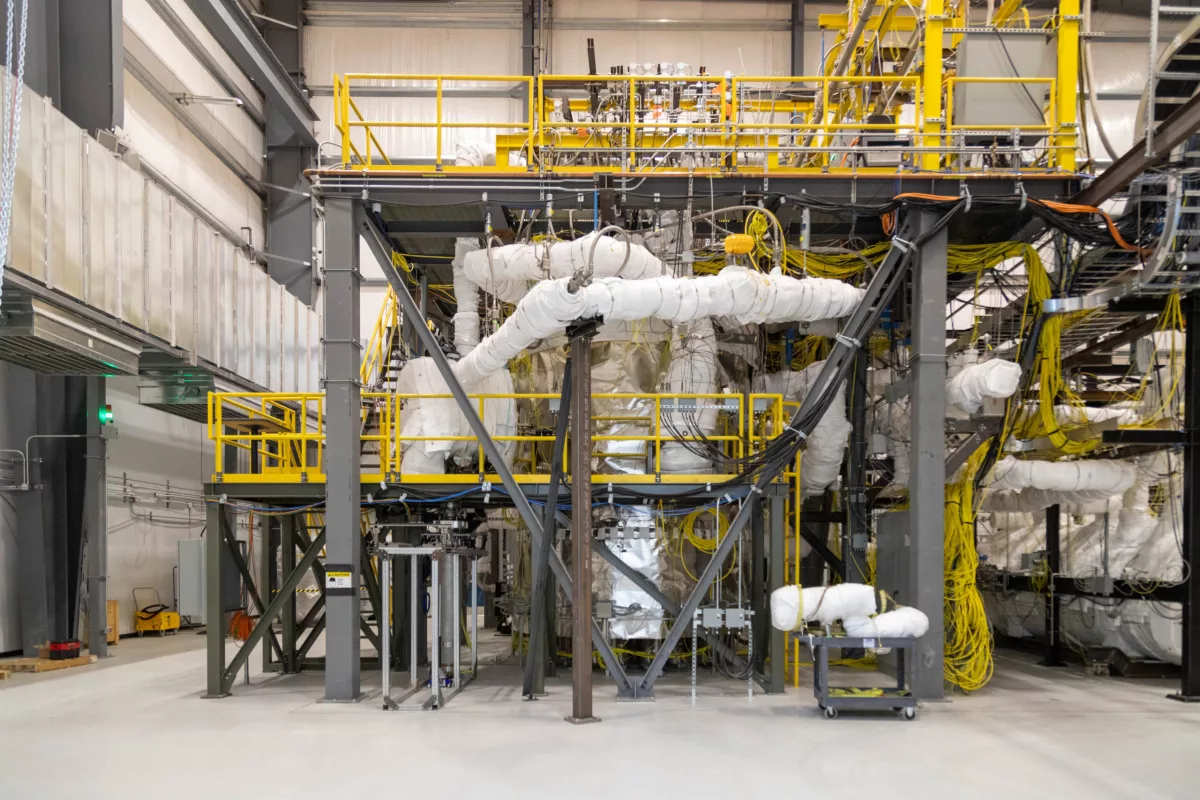Kairos Power has broken ground at Oak Ridge on the first officially approved Generation IV reactor ever in the US and the first non-light-water reactor in 50 years. It is being constructed alongside a non-nuclear demonstration unit that will help inform the design of the new reactor facility.
Despite being one of the pioneering nations in the field of civilian nuclear power, the United States has fallen far behind even what were once non-players like China and India. There are a number of reasons for this, some political and some economic, but the drive to cut carbon emissions while sustaining a modern industrial society is causing nuclear reactors to make a comeback in more advanced forms.
On July 17, 2024, Kairos Power began construction at Oak Ridge, Tennessee on its Hernes low-power demonstration reactor. It won't be generating electricity for the grid. Instead, its function will be to develop Kairos's molten fluoride salt-cooled pebble-bed reactor, which is an inherently safe design that is capable of shutting itself down and keeping the reactor core safely cool in the event of an accident.
In addition, the company is building a second plant at Oak Ridge, called ETU 3.0, that is essentially a non-nuclear version of Hermes. This test bed will allow engineers to study the machinery in operation without worrying about radiation and let them find ways to make the construction and operation of such a nuclear station more economical. This is extremely important because the major cost of nuclear power isn't the reactor but the civil engineering needed to house and service it.
According to the company, construction at Oak Ridge is only half the project. The reactor itself is of a modular design. These modules will be built and tested at a factory in Albuquerque, New Mexico before shipping to Tennessee.
Hermes is a pebble-bed reactor, where the nuclear fuel is encased in spherical pellets made of layers of enriched uranium, carbon, and ceramics. These TRi-structural ISOtropic (TRISO) particles are about the size of a poppyseed and act as tiny nuclear pressure vessels. These are formed into large, round pebbles about the size of a cobblestone. The pebbles are placed inside a reactor core that's more like a hopper in design. Fresh fuel goes in the top, the pebbles crowded together start and sustain the reaction, and spent fuel is collected at the bottom of the vessel.

Where similar reactors are cooled by helium gas, Hermes is cooled by molten fluoride salts circulating through the reactor. The salts maintain the reactor core at 1,085 °F (585 °C) as they carry off the heat to a heat exchanger. This secondary salt loop is connected to a steam generator that, in turn, runs a turbine.
Should the power to the reactor fail for whatever reason, the fuel pebbles automatically regulate the nuclear reaction by the laws of physics. As the reactor heats, fewer neutrons are available to sustain the reaction and it dies down. Within hours, the reactor reaches a point of stability. Meanwhile, molten salt flows through natural circulation, cooling the core. Even if the reactor temperature should spike, the fuel pebbles are extremely robust and won't degrade in any projected scenario.
All of this occurs at ordinary sea-level pressure, so no special containment structure or pressure vessel is required. The reactor is also made out of 316 stainless steel, which is highly resistant to salt corrosion.

Being developed with the help of a US$303-million Department of Energy grant, Hermes is expected to be completed by 2027. Though Bill Gates is working on his own reactor project in Wyoming, he is still waiting on government approval before he can build the nuclear plant itself – approval that Kairos already has.
"Hermes is a pivotal step toward deploying advanced reactor technology with the potential to transform our energy landscape," said Mike Laufer, Kairos Power CEO and co-founder. "The lessons we take away from the construction and operation of this reactor will be invaluable to enable continued innovation in our testing program and accelerate Kairos Power’s progress toward delivering true cost certainty to our customers."
Source: Kairos Power






